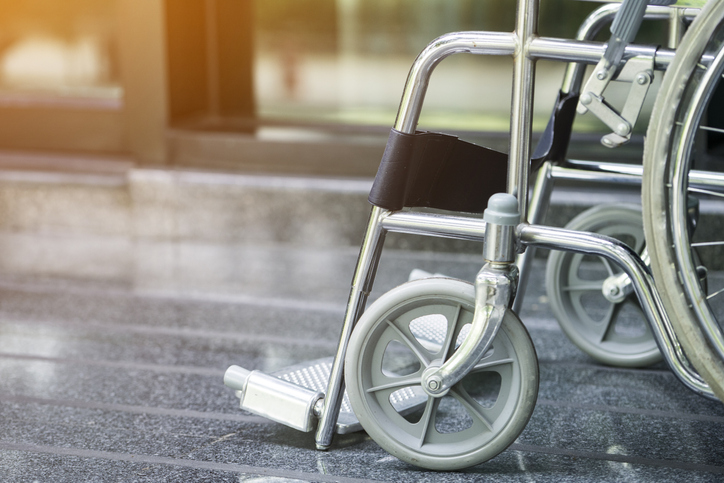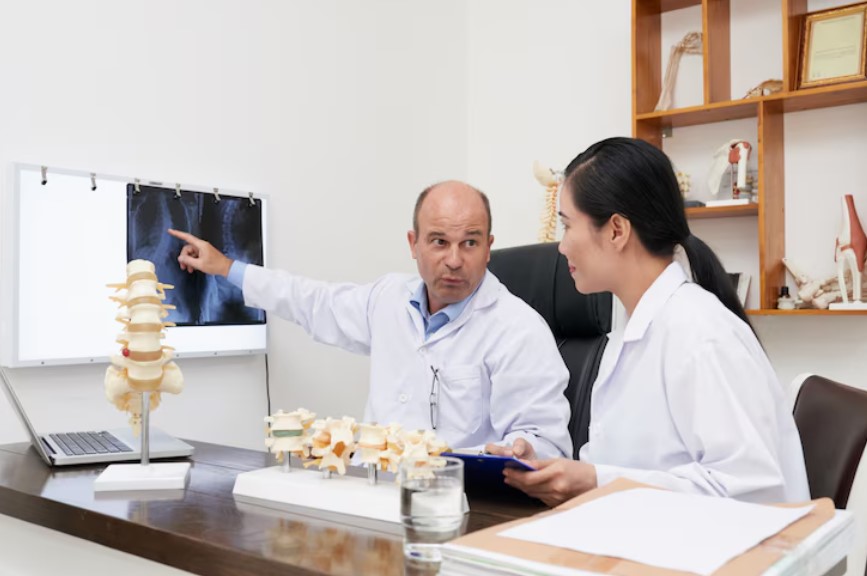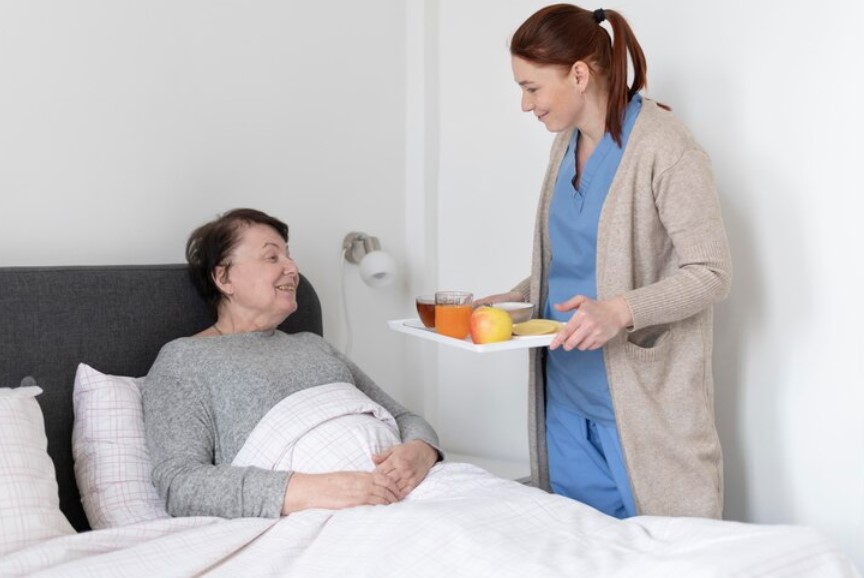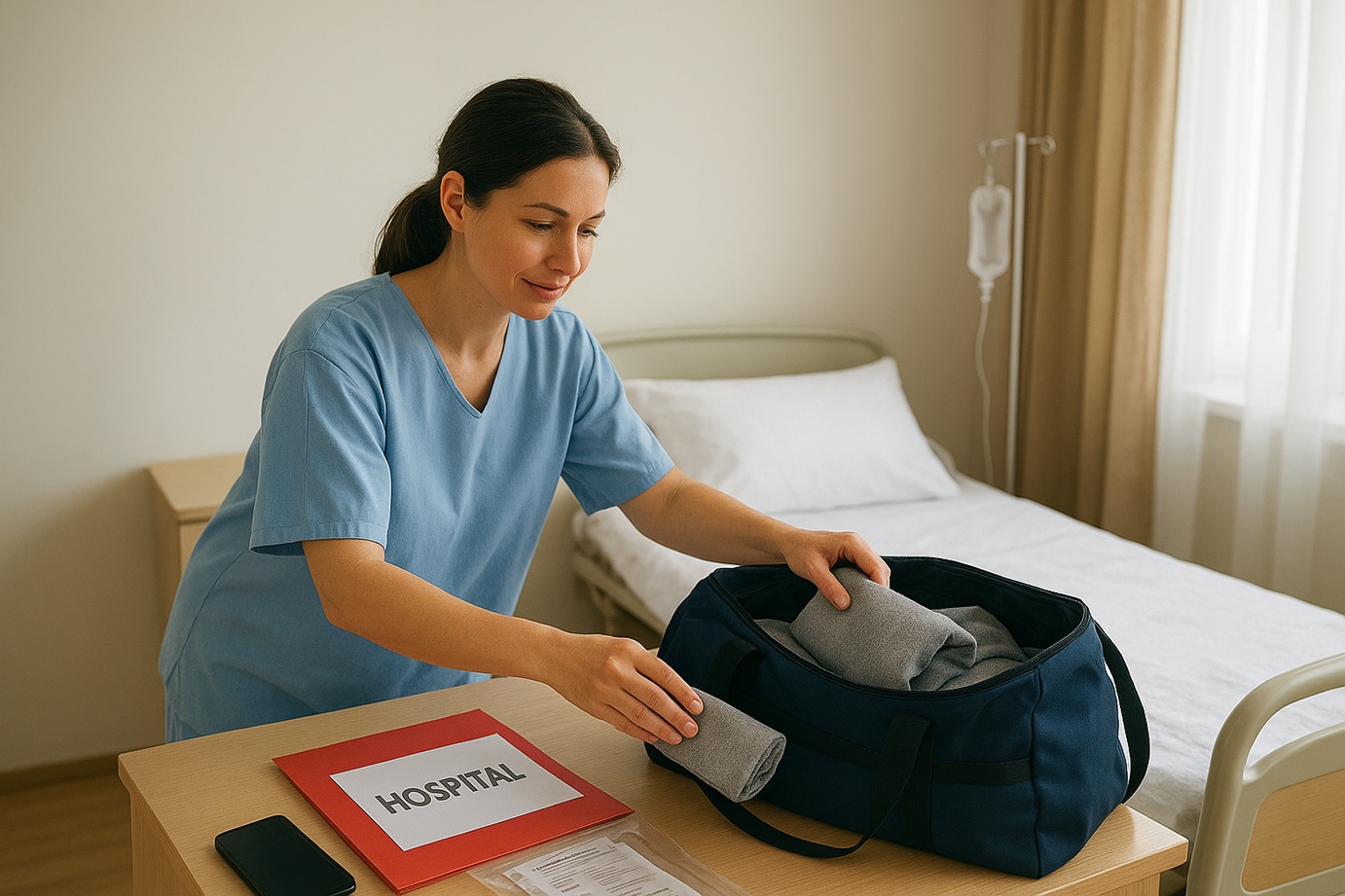11
Apr 2022
5 Apartment Modifications For Disabled People
Published in General on April 11, 2022

Daily tasks such as climbing stairs or taking a shower are some activities that non-disabled people don’t usually have problems with. However, for persons with specific disabilities, these actions can be perceived as daunting.
Older people are more susceptible to sustaining injuries from a poorly structured home environment. In addition, other vulnerable individuals, such as those with disabilities, require specific home modifications to prevent such accidents. Here we will discuss five apartment modifications that could benefit the elderly and the disabled.
Installation of Grab Bars and Hand Rails
Falling down is considered one of the leading causes of death and injury among the elderly population. Unfortunately, those who have suffered a tragic drop have an increased likelihood of experiencing it again within the next six months following the injury.
Grab bars and handrails are designed to prevent such slip-ups. Traditionally, these supportive devices are often strategically installed proximal to toilets, bathtubs, and showers. These assistive aids can also be inserted in numerous areas where a fall is likely to happen. Examples of such places include doorways, stairs, and hallways, not to mention areas where sit-to-stand transfers are done, like in the bedroom.
The Australian Standard 1428.1 (2010) states that the selection of grab rails must conform to the 30-50 mm diameter and allows for at least 60 mm clearance between the fence itself and the adjacent wall or mounting surface. Also, make sure that the grab bars and handrails are installed securely to a wall backing or a stud.
Ramps
Persons with limited mobility may find entryways to a home or residential unit inaccessible given their circumstances. Installing a ramp is a sure-fire way to eliminate this barrier to home access. Ramps can be improvised with a number of sturdy materials, including wood, aluminum, and concrete. The choice of material to be used is both location and home-build-dependent. More importantly, ramp construction must follow the proper slope. Ideally, a slope ratio of 1:12 or for every 1-inch of rise is equal to 12-inches of the ramp. It should be able to accommodate wheelchairs and power scooters and must have at least a 5-foot landing for every 30-inches of elevation. Ramps should also have handrails positioned at 34 to 38 inches above the ramp’s surface.
Widened Doorways
A regular doorway does not usually accommodate wheelchair access with its limited opening space. A narrow entrance is simply unacceptable for housing for the disabled.
For living accommodations to be more inclusive, doors should have a wider opening to allow entry for assistive mobility devices such as wheelchairs. In addition, doorways should provide at least 32-inches of clearance at the knuckle height of the door in a 90-degree position with an additional 18 inches of space to help wheelchair maneuver.
Stairlift Installation
Persons with limited mobility have difficulty navigating around facilities that are not disabled-friendly, especially those with multiple floors. For apartments to be more accommodating, owners should consider installing stairlifts. These added components make housing conditions for those with impairments more liveable. It is also considerate of apartment-dwellers with disabled loved ones that might visit from time to time.
Stairlifts work by having motorized chairs bolted securely to the stair’s steps that smoothly traverse the length of the stairs. Usually, these are battery-powered, which allows them to function despite a power outage. However, its primary source of energy charge comes from a designated electrical wall outlet. On top of that, modified stairlifts also have several special features such as obstruction sensors, locking swivel seats, and seat belts, thus making stair chairs an extremely safe home access solution.
Initiate A Bathtub and Shower Modification
The majority of falls happen inside the bathroom or shower, the most slippery place in any home. Try converting your standard bathroom to make this accident-prone area safe for impaired individuals. Simple shower modifications and the like are guaranteed ways to make this space disabled-friendly.
Installing a barrier-free or roll-in accessible shower is one of the ways to make a bathroom safer. It involves removing the current bathtub and shower system with a pre-fabricated fiberglass barrier-free shower system. This customization allows wheelchairs to easily roll inside the modified shower to transfer to a chair or bench. Another alteration includes the installation of a walk-in tub where users enter a water-tight door with a built-in contoured seat that allows entry via a shallow step.
Bed Modification
Person with a disability must have easy access to properly position their body with the use of adjustable beds. Adjustable beds in Australia can provide many health benefits to support healthy quality sleeps, proper body posture, and blood flow circulation. Beds like these are easy to maneuver and offer you better comfort by allowing smooth transitions between various positions.
National Disability Insurance Scheme (NDIS)
The National Disability Insurance Scheme (NDIS) in Australia provides all persons with disability with the needed information, support, and connections to address their specific care needs. It involves the services of doctors, libraries, support groups, schools, and sporting clubs that allow for the transfer of relevant information and determination of available support present in any given state and territory government.
The NDIS has a dedicated Disability Gateway to render support coordination services to persons with disabilities. It provides access to support aids and equipment; employment opportunities for persons with known disabilities; transport; housing and modification of living environment; education; health and wellbeing, and rights to legal concerns such as social discrimination. The NDIS advocates the mentioned home living modifications to aid persons with limited mobility to avoid any untoward physical injuries such as falls.
Key Takeaway
Persons with known physical disabilities are susceptible to falls and injuries within their place of residence. Modifying their living environment to a state suited to accommodate individual physical limitations is essential for home improvement. From installing handlebars and hand grips; to fully customizing the entire bathroom and shower area, such alterations contribute to residential safety. Such modifications can be initially painstaking, but they will work wonders for the improvement of the overall working condition of disabled individuals. Also, the NDIS plan management is a crucial resource that allows for assistance, support, and advocacy for persons with disabilities through information dissemination, resource tracking, and referral to appropriate agencies to address client-specific needs. Patients with disabilities have known resources to deal with issues affecting employability, ability to perform activities of daily living, and social discrimination prevention.
With all that in mind, landlords and building owners must consider these modifications for the inclusivity of their residents and the versatility of their facilities.









